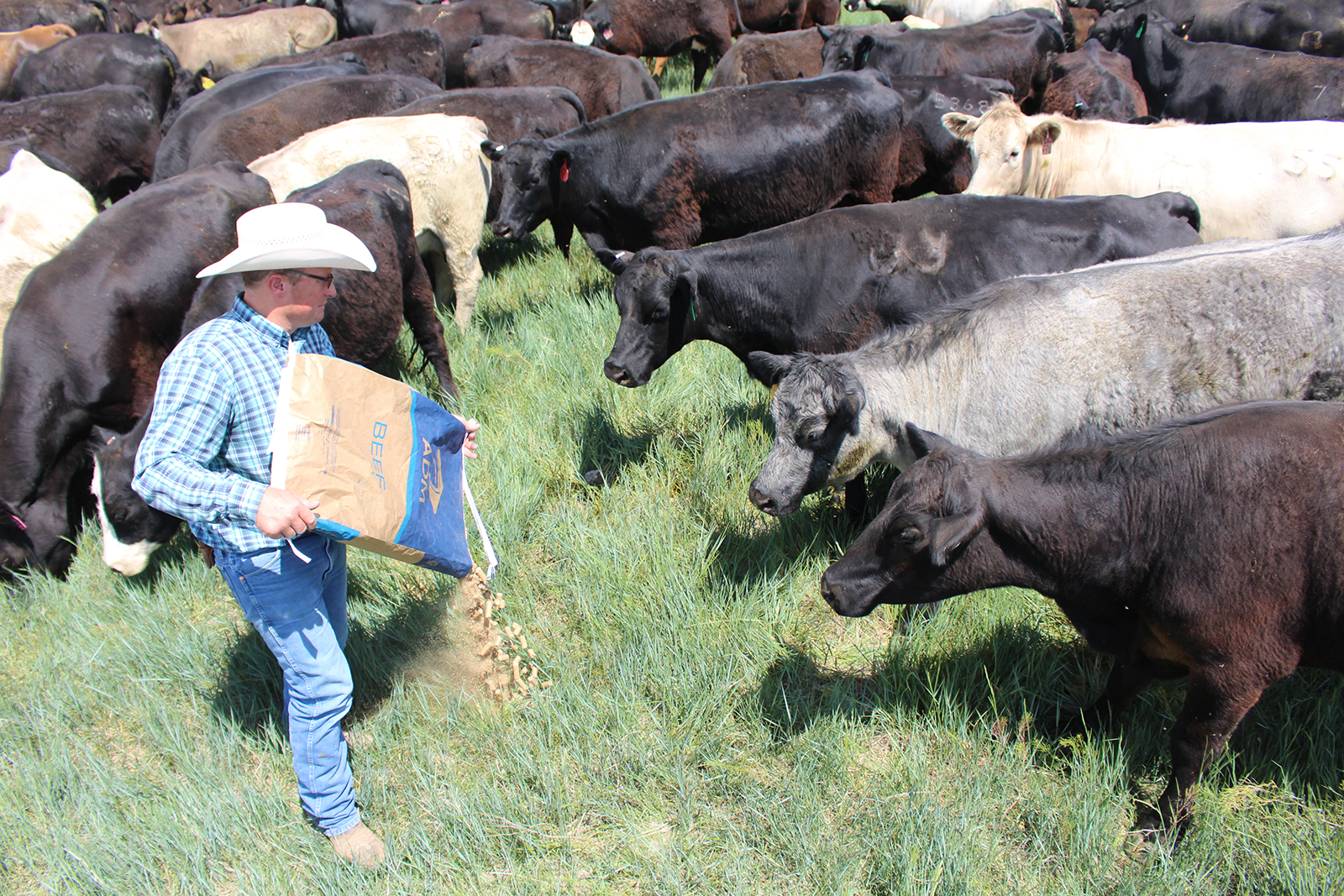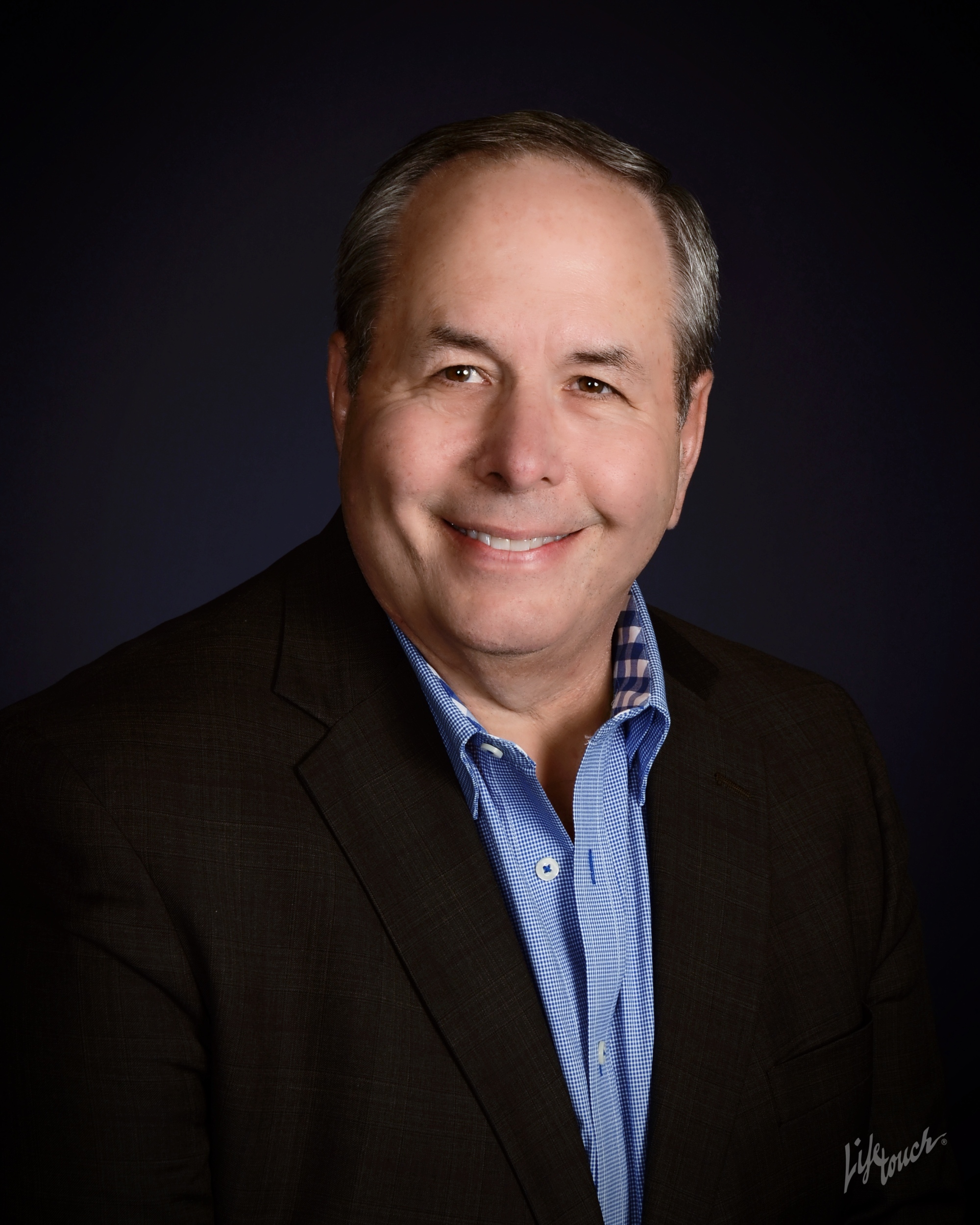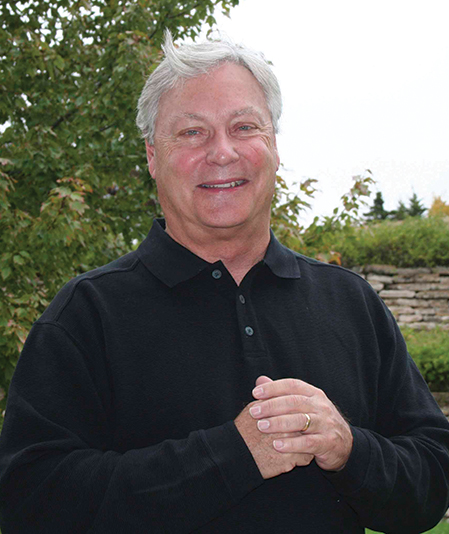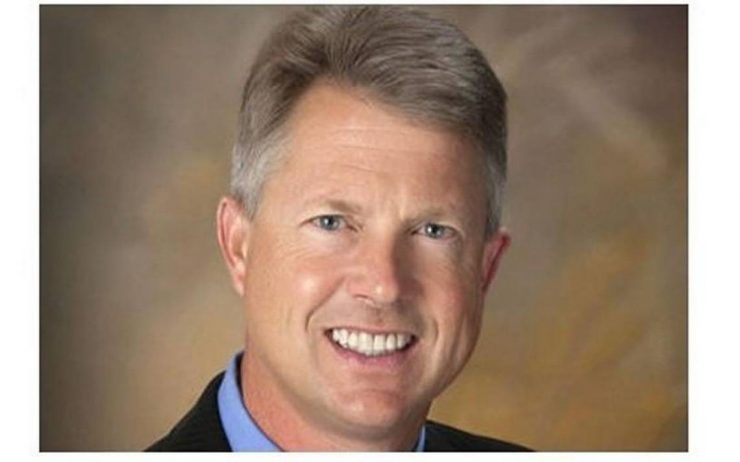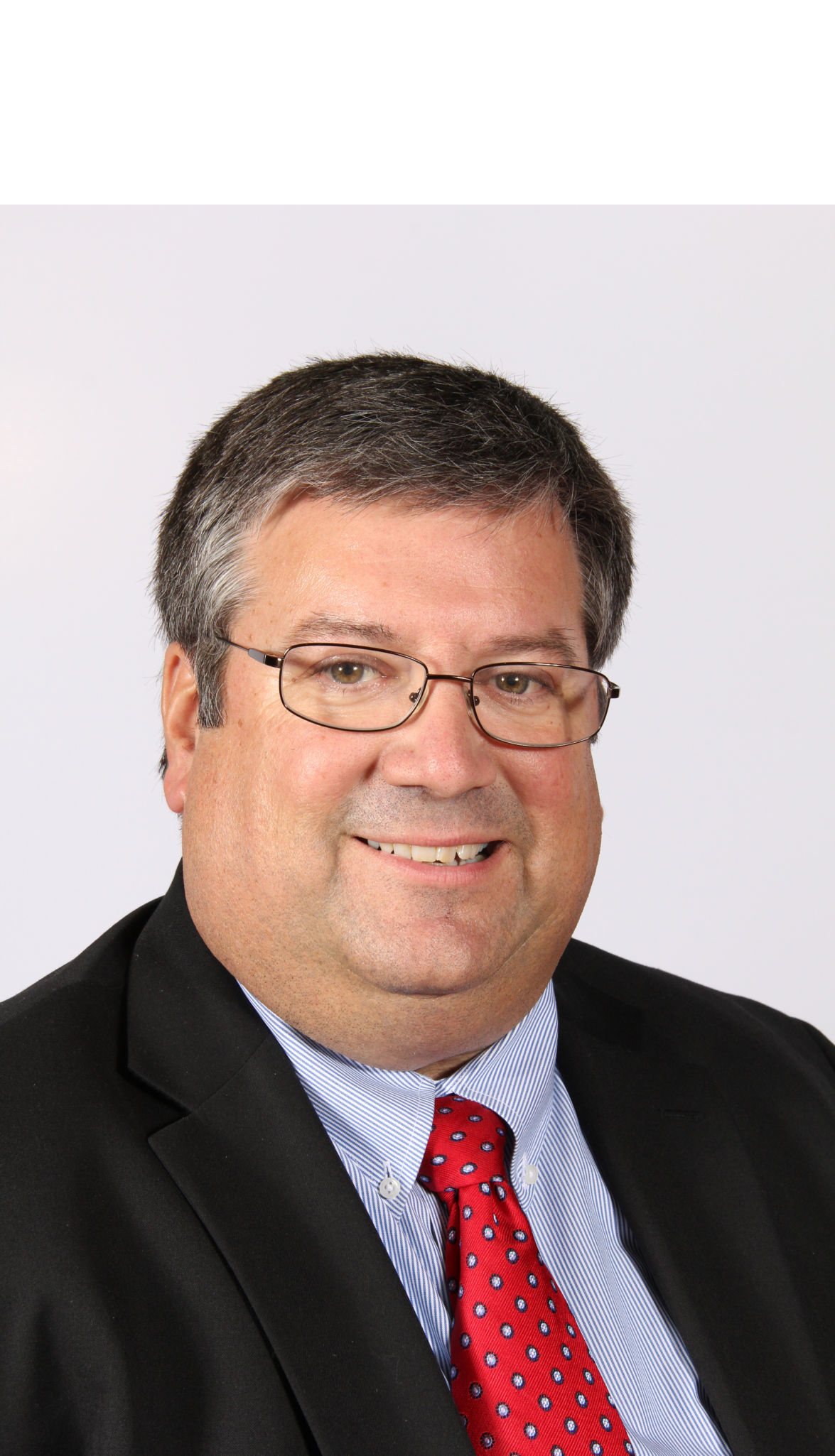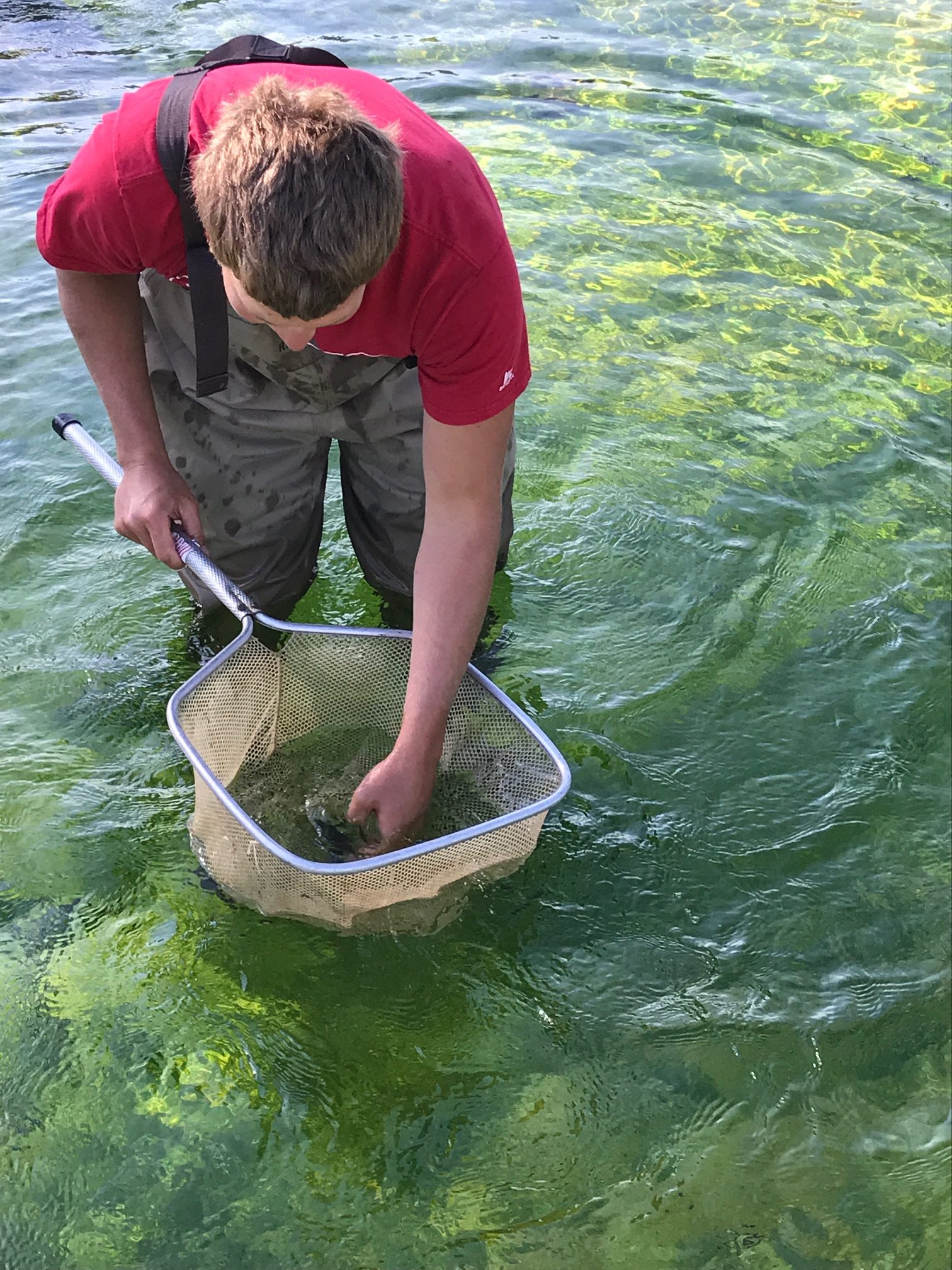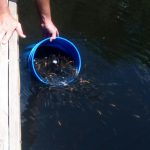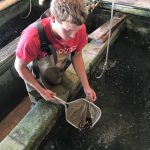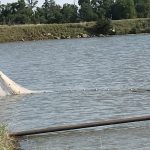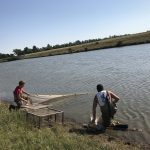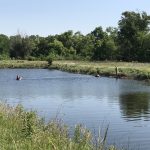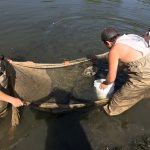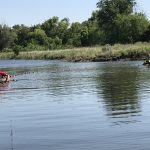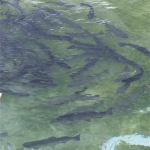Last week, two events occurred here in Kansas at the same moment that Great Britain’s Conservative Party was, as the London tabloids put it, moving from being the “Strong and Stable” majority parliamentary party to a “Weak and Wobbly” plurality party. It might be a stretch for Kansas readers, but there are correlations between the far of London and the near of Kansas.
British Prime Minister Theresa May’s campaign was much more understated than the American excesses of 2016. The campaign sought to gain power for the Conservatives by reminding the British electorate of the burdens of belonging to the European Union and the immigration problem. The party failed spectacularly. Mrs. May will now have to govern with just a bare 3 vote majority in a coalition government.

A story on the Conservative’s campaign failure this past Sunday cited Conservative speech writer, Ian Birell, instructing his Conservative colleagues, “Ditch politics of division and fear, the parroting of empty soundbites, the rejection of young citizens. Start speaking like your electorate, return to the centre and above all, show faith in fellow humanity.”
Mr. Birell’s comments are of value in thinking about the two Kansas events. In one a new and substantial majority of our state’s legislators demonstrated the value in his instruction. In the other, one of our collection of political super-egos showed the opposite inclination.
Last Tuesday, June 6th, Sam Brownback became a very lame duck. This might be a surprise as the next scheduled inauguration of a governor for the state is 570 days away. Furthermore, there’s another 90 day legislative session beginning January 2018, primaries the following summer and a November general election to follow those.
What put an end to the Brownback era was the repeal of most of the tax changes he advocated in 2012. The departure of many conservative legislators by choice and defeat since the 2015 legislature and 2016 election has created a moderate majority. Combining Republicans and Democrats, this new majority showed early in the 2017 session that the state’s financial house would be tidied and the self-inflicted revenue starvation begun in 2013 would end. Tuesday that moderate majority found the remaining few votes for the 2/3s super majorities in both houses necessary to override the governor’s veto.
Thursday, June 8th, with his wife and daughters standing just behind him, Kansas Secretary of State Kris Kobach stepped to a podium in Lenexa to announce that he will campaign for the Republican nomination to be governor of the state come January, 2019.
With a Trumpian slogan that clearly took a dig at Brownback, “Time to Lead,” Kobach laid out issues and a tone common to contemporary political campaigns. He urged his sliver of adoring Kansans to join him in ending a “culture of corruption” in state government – actually using the words, “drain the swamp.” He also protested the legislature’s preference for reinstating taxes rather than recognizing that Kansas’s real fiscal problem was “a spending problem.” Finally, at virtually the same moment new U.S. Census Bureau data was released showing that Kansas’s metropolitan areas are continuing to shrivel in population, he re-energized his vitriolic position on illegal immigration calling Kansas the “sanctuary state of the Midwest.”
Others are also already angling for votes and cash well in advance of the 2018 primary and general elections. Presumably many will capitalize on Governor Brownback’s failure to accomplish the results he promised with his “shot of adrenaline to this economy.” We shall all now be engaged in action and observation to determine if the centrist sentiment of 2016-17 prevails or if the populist anger of the Trump/Kobach meme is the winner.
Dr. Mark Peterson teaches political science at the college level in Topeka, KS.



